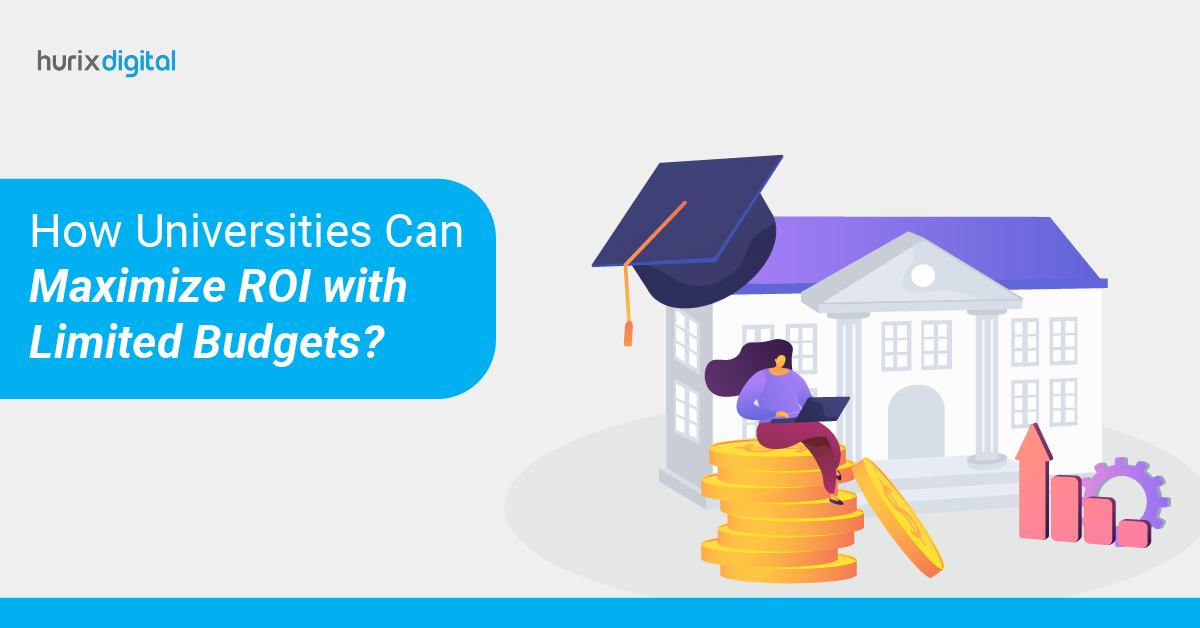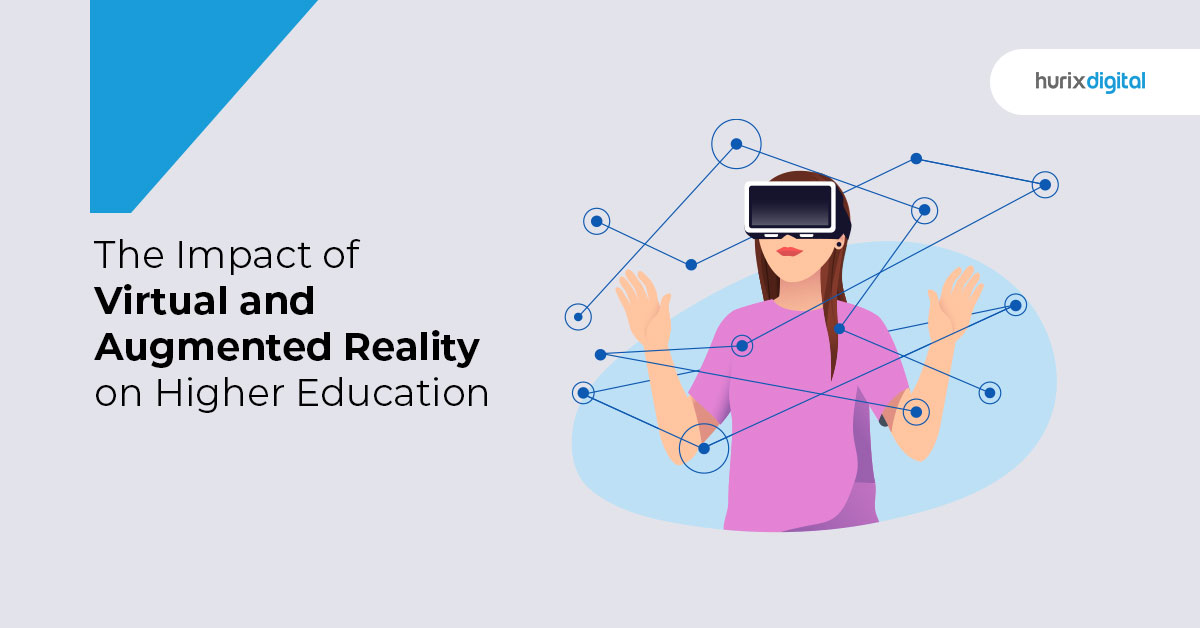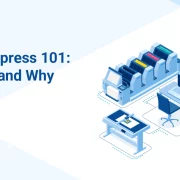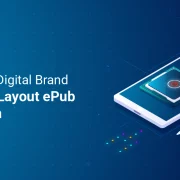
A 6-Step Guide to Creating an Effective Online Course Structure for Higher-ed
The online education industry is growing today like never before, with the overall sector predicted to reach a whopping $325 billion by 2025. Among the key reasons for this unprecedented growth include:
- The flexibility and convenience that students enjoy to learn anytime from anywhere
- The opportunity to interact with peers and instructors
- The lower cost/resources necessary to conduct a class
The trend has also given rise to several opportunities for instructors to explore various best practices for designing an online course structure. In this blog, we share a 6-step expert guide to creating an effective online course structure for higher-ed students.
Table of Contents:
- Six Steps to Creating an Effective Online Course Structure
1. Create an Outline for Your Online Course
2. Develop Well-Organized Bite-Sized Courses
3. Add Interactivity to Your Lessons
4. Ensure a User-Friendly Navigation
5. Incorporate Both Synchronous and Asynchronous eLearning Styles
6. Ask for Student Feedback Throughout the Course - In Conclusion
Six Steps to Creating an Effective Online Course Structure
1. Create an Outline for Your Online Course
Institutions must have a robust plan to develop valuable course content and material for higher-ed students. This plan must help you decide what the course is going to be about, the content it should include, and how you will deliver it. Among the things, you need to take care of here include-
1.1 Define learning goals and objectives – When designing an online course for higher-ed students, the first thing you need to do is finalize learning goals and objectives to allow you and your students to know what is expected of them when taking the course. Start by defining your long-term goals, which need to be specific, concise, and measurable at the same time.
1.2 Break it down into different sections/subjects – Plan your online course content and segregate it into different sections to create a course syllabus. A course outline should give your students an idea of the steps they need to take in order to complete the course.
1.3 Finalize the types of content (media) – Next, you must decide what type of content you will use to communicate learning to your students? Will you include only text-based content or media-based content such as images, video, and audio components?
2. Develop Well-Organized Bite-Sized Courses
Microlearning is an important concept in defining the success of online courses. It involves using short learning nuggets that are designed specifically for skill-based learning. Designing course content in smaller, bite-sized quantities also allows students to not get overwhelmed by information overload, thus setting up a much more conducive environment for them to succeed and finish the course.
3. Add Interactivity to Your Lessons
While classroom-based learning enables a large number of students to gather in a physical space and learn at the same time, the experience generally lacks interactivity and quickly becomes uninteresting. Therefore, it becomes important to leverage various interactive tools while creating an online course for higher-ed students. Some of the ways to do this include playing various audio clips or videos to engage students and help them retain more information.
Apart from this, you can also incorporate live quizzes in the lessons to assess your students’ knowledge. As an instructor, you need to remember that every student has a different learning style, and the course you design should appeal to all of them. It helps instructors assess learner understanding in real-time, thus allowing them to effectively measure both learner success and course effectiveness as a whole.
4. Ensure a User-Friendly Navigation
Online learners typically enjoy more freedom and control than the traditional classroom-based method because they can navigate the course on their own. This makes it important to design an online course that provides students with the right amount of freedom and control in navigation. The idea here is to resolve navigation-related issues as early as possible and enable students to explore and experiment while also allowing them to make their own decisions based on fixed parameters.
5. Incorporate Both Synchronous and Asynchronous eLearning Styles
Synchronous learning refers to when learning happens in real-time with an instructor or facilitator leading a discussion and encouraging student participation with the subject material. Synchronous learning can take place either in a physical classroom or virtually. This type of learning helps students resolve their doubts and get clarity on concepts from the instructor in real-time.
On the other hand, asynchronous learning is when students learn independently in their own time and pace. Developing good asynchronous eLearning content such as well-designed online courses is an excellent way to disseminate knowledge to higher-ed students in a remote environment. Offering flexibility and convenience to learn independently makes asynchronous eLearning a crucial component of your online course structure.
6. Ask for Student Feedback Throughout the Course
Continuous improvement is very important for helping instructors understand and develop their own skills in teaching online and adapting a course to students’ specific needs and preferences. The adaptability and flexibility of online courses allow for more expansive opportunities to adjust the course structure and content based on student feedback.
One of the excellent ways to do this is using anonymous surveys that can help instructors gauge and understand how students’ perspectives may change over time. Taking student input and feedback is especially helpful if an instructor is new to teaching online. It allows instructors to gain valuable insights into various challenges that may arise for students during online courses and address them proactively.
In Conclusion
Creating the right course structure will help you design the perfect course that addresses and meets the needs of learners. Following these best practices will enhance your chances of success in creating effective and engaging online courses for students, thus turning them into more active learners.
Need to know more about our Products & Services ? Drop us a Note.

Senior Vice President – Business Development
Over 25 years of experience in the edtech and workforce learning industry with strong skills in Business Development, Customer Relationship Management (CRM) and Strategy.








